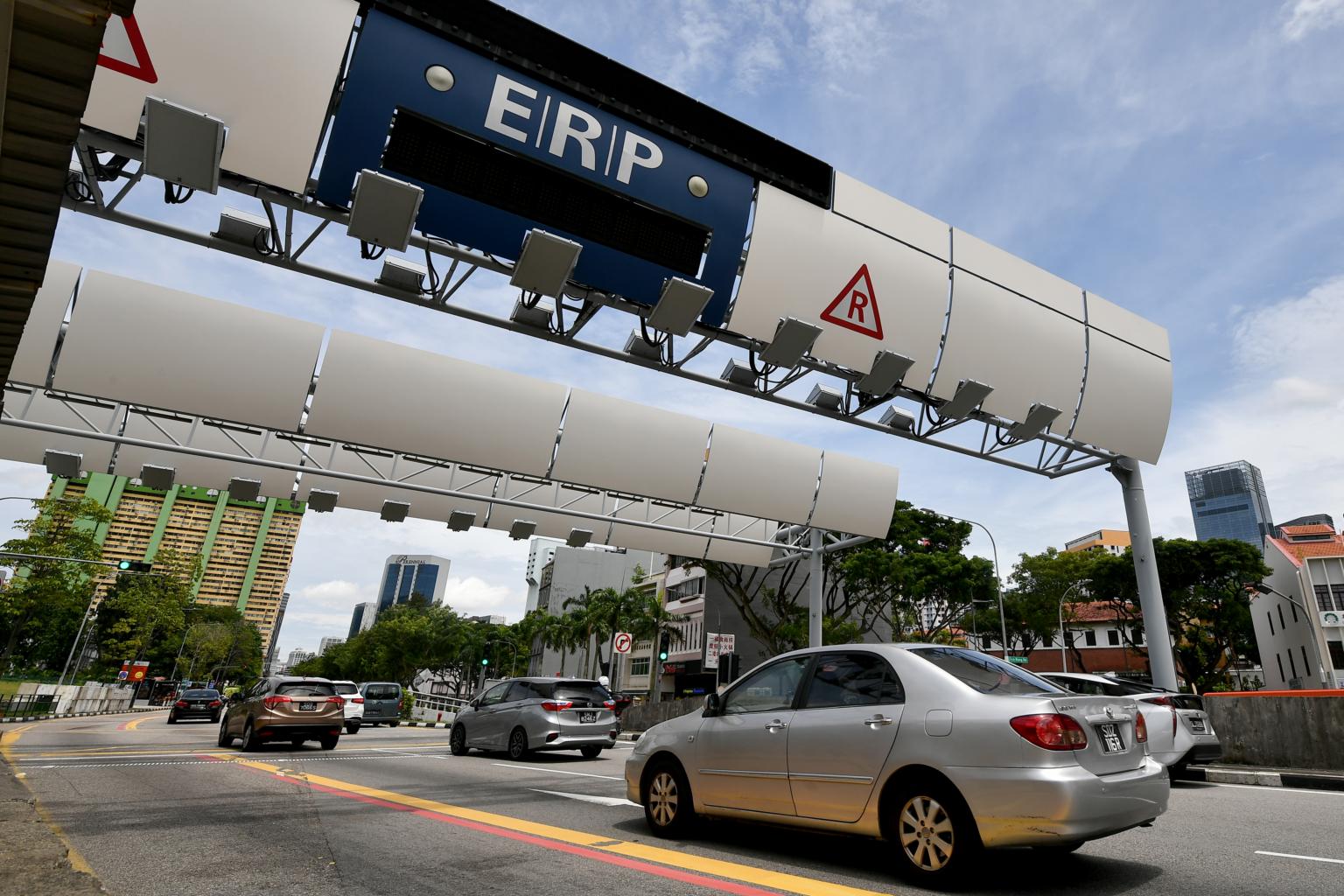Torque Shop: Electronic force distribution
Sign up now: Get ST's newsletters delivered to your inbox

In any vehicle, it is always the front that provides more than 70 per cent of braking power.
ST PHOTO: LIM YAOHUI
Follow topic:
What is electronic brake force distribution? Is it different from anti-lock braking system? If not, what is its function? If the weight of a car is equally distributed over its four corners, then the braking force to bring the vehicle to a stop would be exactly one-quarter of the total force.
But even in a car with 50:50 weight balance front-to-rear, ideal conditions never exist on the road. Surface undulations, roll angles due to cornering speeds, passenger and luggage loads - they all cause changes in weight on each tyre. At the same time, when the driver applies the brakes, there is a weight transfer towards the front that significantly alters the load acting on each tyre.
In any vehicle, whether front-wheel, rear-wheel or all-wheel driven, it is always the front that provides more than 70 per cent of braking power. That is why front discs are always larger than the rear ones. This does not happen naturally and is in fact the result of brake force distribution.
The early brake force distribution systems were managed by simple mechanical proportioning valves based on ride height. As the vehicle load increased due to luggage or passengers, the change in ride height moved a lever connected to the valve. This regulated brake pressure, but only between front and rear axles.
Electronic brake force distribution (EBD) became possible with the advent of anti-lock braking system (ABS) and high-speed electronic controls.
The ABS modulates braking to prevent skidding from wheel lock-up. EBD uses ABS sensors and feedback from the car's electronic stability system to distribute the optimum brake pressure to wheel or wheels where the maximum weight is transferred to. Hence, a lightly laden pair of rear tyres, for example, would have the least brake pressure channeled to them.

